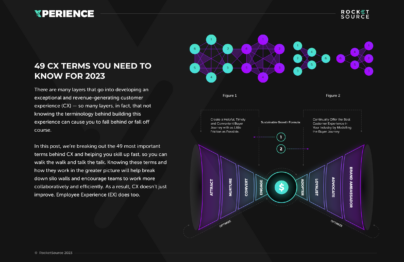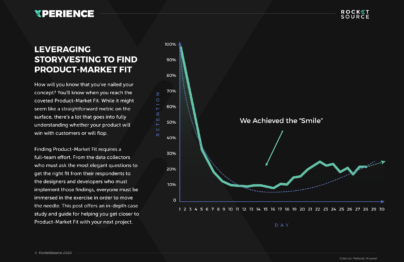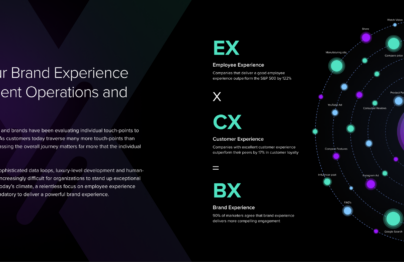A gap analysis is a tool to identify where experiential gaps exist among the people, platforms, processes, and vision of the organization. This type of analysis gives teams a deeper understanding of where an organization is and where they’re going, as well as the gaps that stand in the way of it reaching those goals. In visualizing this company journey, directors and the C Suite are better equipped to refine how they strategically leverage their top performers, lean into new platforms or technology and refine their processes.
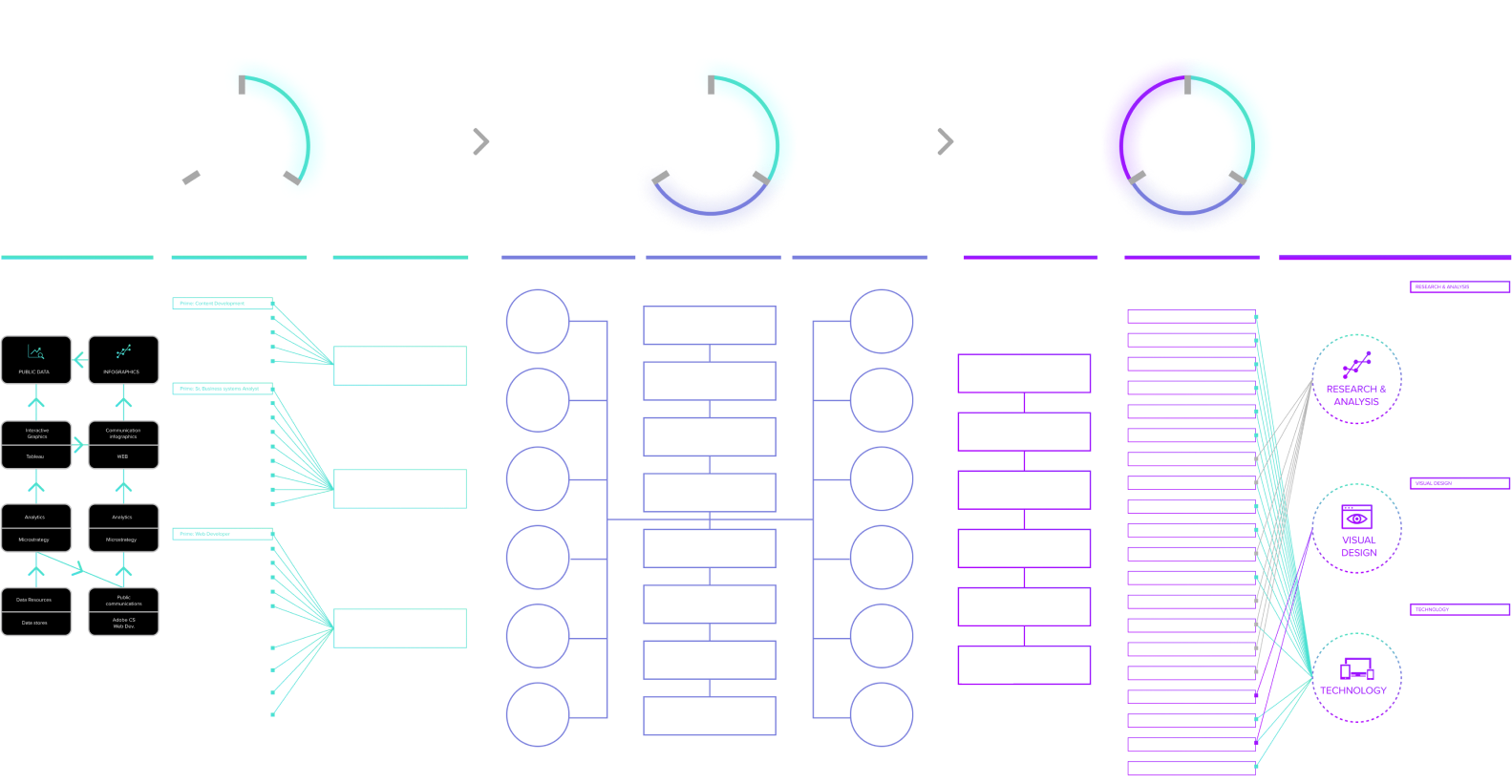
Gap Analysis Part 1: Current Business Analysis
The first part of a gap analysis is to look at the current state of affairs within the organization. To find those gaps, we look at the 3 Ps — people, platforms and processes.
The 3 Ps allows you to visualize how people move together within the organization, where there are experiential gaps, and how each team works together.
In order for your organization to clearly understand how the business operates today, it’s imperative to know which team members you have within your various departments. Likewise, it’s important to know what technology or platforms you have to support each of those roles. Once you have those areas outlined, you can then break out each project to determine how well-supported you are on the project and the various process handoffs that will need to occur to keep the teams moving forward together toward that greater vision.
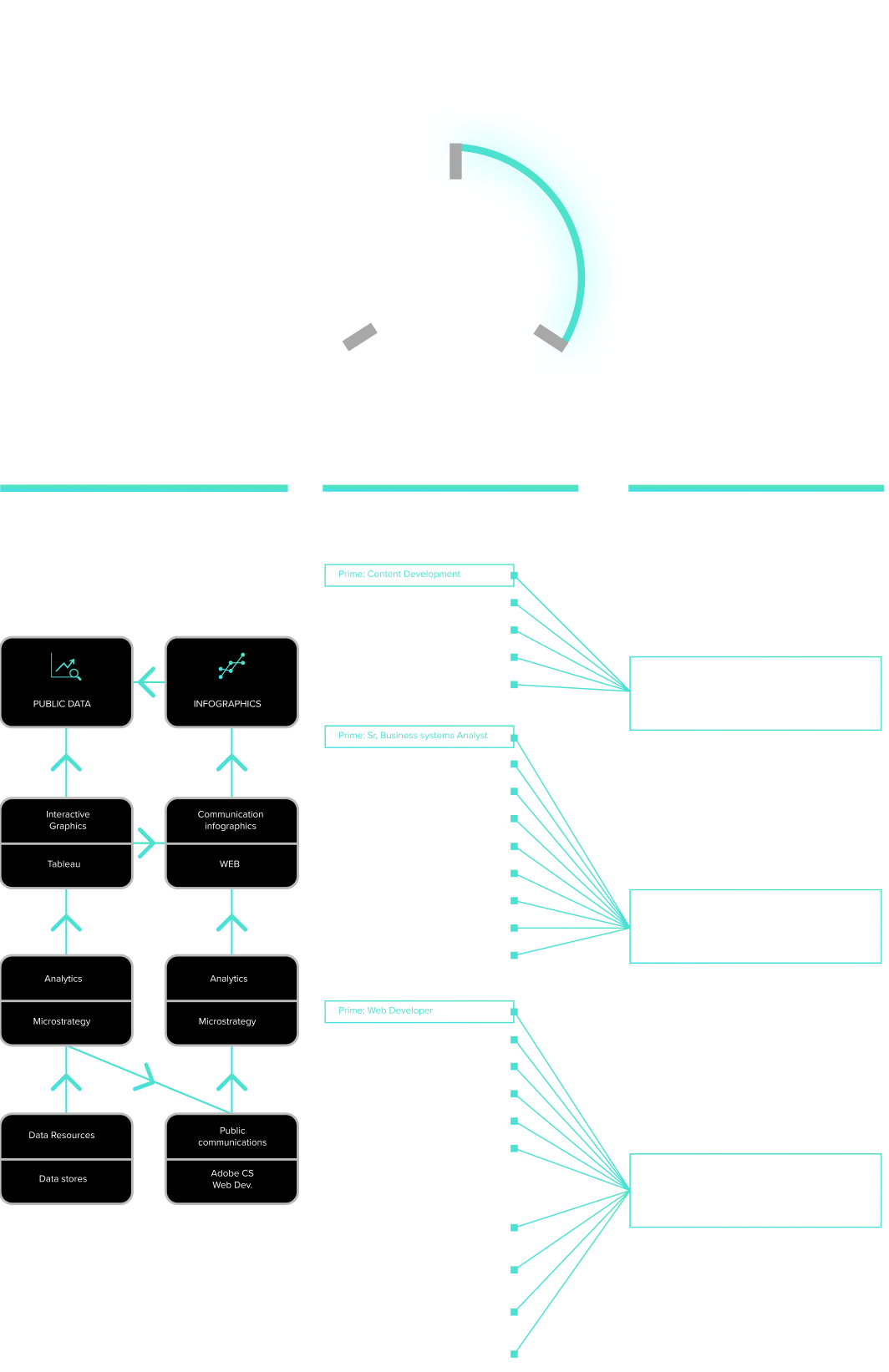
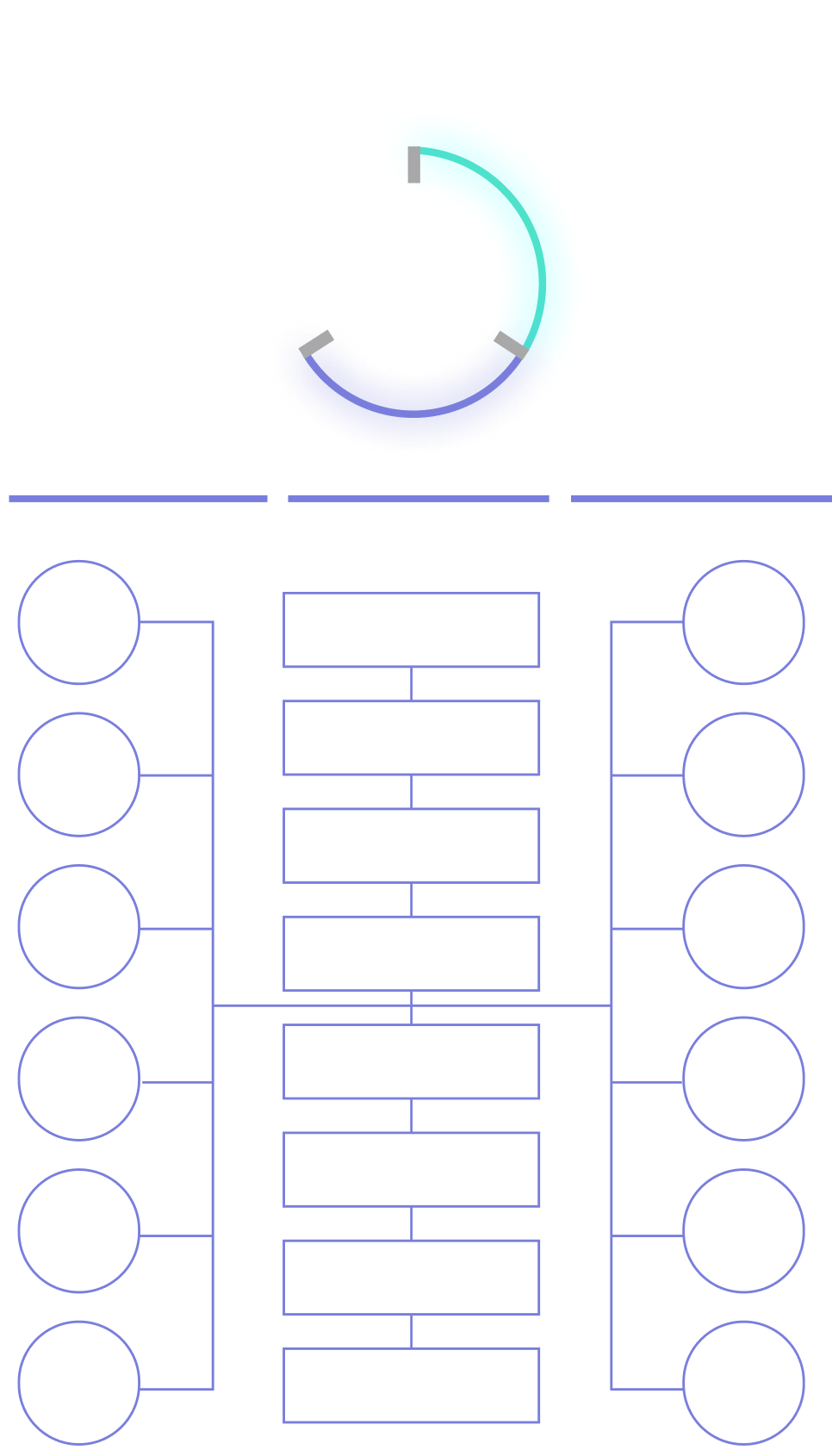
Gap Analysis Part 2: Vision and Business Goals
The second area of the gap analysis looks at the main North Star Metric and overarching vision for the organization. This step analyzes where the C-Suite and leadership want to be.
In looking at this visionary step, there are three core elements to consider. The latest market trends can influence how well the organization is leaning into future demands and accommodating user needs. The target audiences that the organization reaches will often influence those market trends and the overarching vision of who the organization’s leadership wants to serve. Finally, the gap analysis pulls all of these areas together into business objectives where teams can get clear on where leadership wants to and needs teams to go in order to succeed.
Gap Analysis Part 3: Communication Channels and Resources
In the final step of the gap analysis, organizations must look at how to form a bridge between where the organization is today and where leadership wants to go.
The first step is to look specifically again at what resources and platforms are available. Then, teams can start outlining what’s needed from the people within the organization and processes to reach that bigger vision. In drawing the line between these various areas, teams are able to see exactly where the 3 Ps are working well together, and pinpoint where strategies may be going awry.
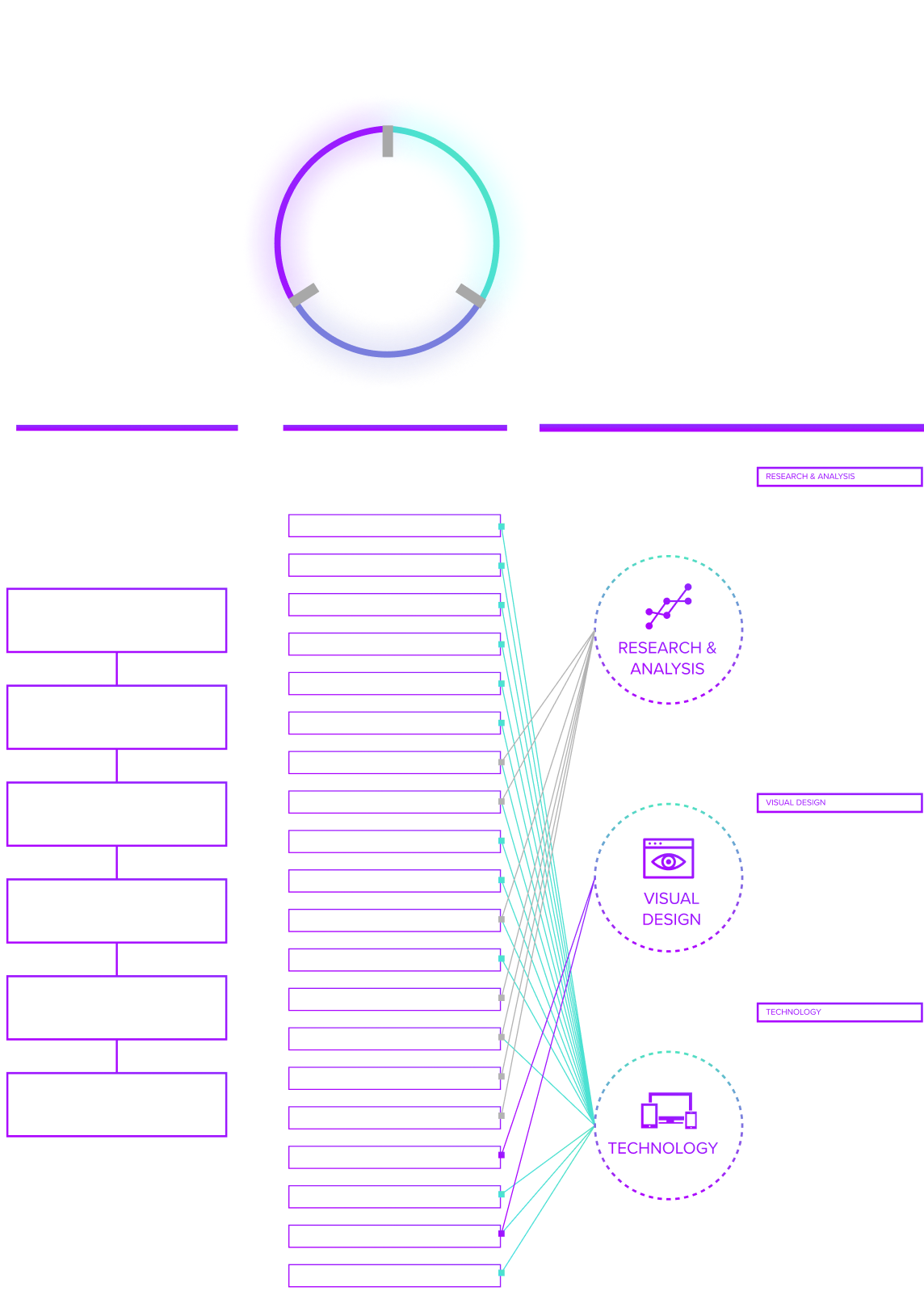
The Goals of a Gap Analysis
A gap analysis is an excellent arrow to add to your quiver as you narrow in on how you’ll reach those big-picture goals and drive the organization up the S Curve of Growth. The residual impact of that focused effort goes well beyond patching some holes. There are actionable outcomes that many teams see following this analysis.
Product-Led Growth
As teams are able to move to a smarter, more agile approach with their processes, platforms, and people on board, teams are able to make decisions faster. That shift empowers the organization to lean into an agile approach to product-led growth.
Build Employee Retention
Teams want to be heard, and listening to the Voice of the Employee (VoE) through exercises like a gap analysis amplifies their voices. These tools often show teams that leadership cares, which boosts employee retention over the long run.
Building V-Shaped Teams
Too often, team members work in silos, focusing only on the areas where they’re skilled. A gap analysis allows teams to shake those cobwebs and expand their expertise by seeing the ripple effects of their work. That upleveling of employees can help organizations build a more robust workforce.
Cross-Departmental Buy-In
When the various departments can visualize how teams will work together to reach a bigger goal, it’s easier for them to be bought into the bigger vision. Having everyone vested toward that end goal is paramount to success.
Customer Experience (CX) Terms
- 360° Degree View of the Customer
- AI Ops
- Barlow Bands
- Behavioral Triggers
- Bow Tie Funnel
- Brick-to-Click
- Business Impact Analysis (BIA)
- Cognitive Computing
- Cohort Analytics
- Content Mapping
- Conversational User Guidance
- Customer Data Profile
- Customer Experience (CX)
- Customer Friction
- Customer Insights Map
- Customer Journey
- Customer Journey Mapping
- Customer Satisfaction (CSAT)
- Customized Ratios
- CX Intelligence
- CX Led Growth
- CX Metrics
- Data as a Product (DaaP)
- Data as a Service (DaaS)
- Data Culture
- Data Driven
- Data Engineering
- Data Fabric
- Data Governance
- Data Humanization
- Data Hygiene
- Data Looping
- Data Mapping
- Data Mining
- Data Modeling
- Data Monetization
- Data Swamp
- Data Visualization
- Data Warehouse
- Data-Centric
- Descriptive Analytics
- Diagnostic Analytics
- Digital Asset Management (DAM)
- Digital Transformation
- Dirty Data In Dirty Data Out
- Embedded Intelligence
- Empathy Mapping
- Employee Data Profile
- Employee Experience (EX)
- EX to CX Data Mapping
- EX to CX Mapping
- Experience Management (XM)
- Gap Analysis
- Generative AI
- Human-Centered Design (HCD)
- Journey Analytics
- Machine Learning (ML)
- Managed Agile Services on Demand
- Modified Hoshin
- North Star Metric
- Party Data
- Pathway to Purchase
- Predictive Analytics
- Product-Market Fit Mapping
- Real Time Design Looping
- Revenue Acceleration
- RevOps
- S Curve of Growth
- Stack Impact Analysis
- StoryVesting
- Table Stakes Testing
- The 3 P’s
- User Experience (UX)
- User Insights Map
- User Interface (UI)
- Voice of the Customer (VoC)
- Voice of the Employee (VoE)
- World Cloud Generator Sentiment Mining
- X Analytics

